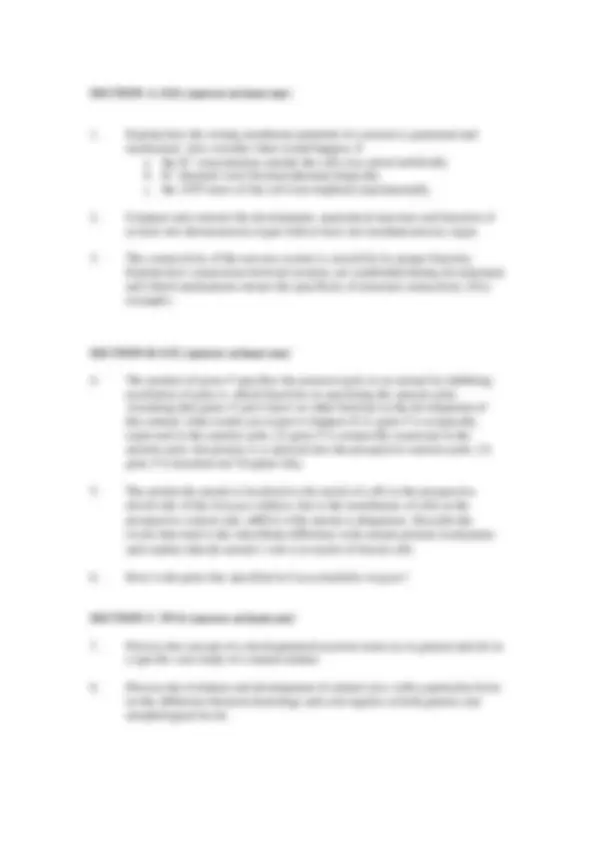



Study with the several resources on Docsity

Earn points by helping other students or get them with a premium plan


Prepare for your exams
Study with the several resources on Docsity

Earn points to download
Earn points by helping other students or get them with a premium plan
Community
Ask the community for help and clear up your study doubts
Discover the best universities in your country according to Docsity users
Free resources
Download our free guides on studying techniques, anxiety management strategies, and thesis advice from Docsity tutors
Nervous System, Membrane Potential, Anatomical Structure, Chemosensory Organ, Mechanosensory Organ, Neuronal Connections, Posterior Pole, Evolution and Development. You may find lot of data on zoology on internet and get from your lecturer. Still you need past exam paper. I searched some and now putting them here to share with friends and class mates.
Typology: Exams
1 / 2

This page cannot be seen from the preview
Don't miss anything!


Exam Code(s) 3BS9, 3MR1, 3MR Exam(s)^3 rd (^) Undenominated Science, 3rd (^) Marine Science Module Code(s) ZO Module(s) Evolutionary and Developmental Zoology Paper No. I External Examiner(s) Prof. M. Davies Internal Examiner(s) Prof. W. Arthur Dr U. Frank *Dr A. M. Power Dr G. Schlosser
(allow approximately 45 minutes per question) All questions are equally weighted.
No. of Pages 2 Department(s) Zoology Requirements None
SECTION A (GS) (answer at least one)